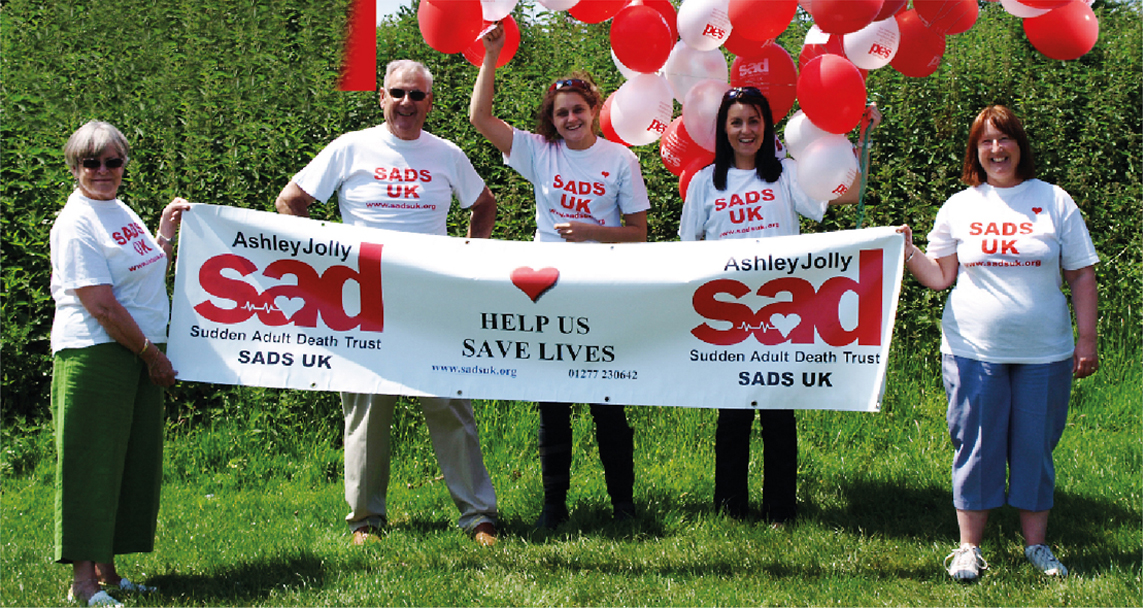Contact SADS UK for details of our SADS memorial candle lighting, Annual Retreat and Stride to STOP SADS
Contact SADS UK for details of our SADS memorial candle lighting, Annual Retreat and Stride to STOP SADS
A. The Resuscitation council (UK) made a statement in January 2009 to say it was the view of the Resuscitation Council (UK) that the use of AEDs should not be restricted to trained personnel.
A. In 2005 SADS UK received information from the Chairman of the Resuscitation Council UK at that time. The person suing would have to prove that the casualty was left in a worse state than if the rescuer had not intervened. If the child was in a dangerous rhythm (and for practical purposes dead), it is unlikely that harm could result from using an AED resulting in him being worse off. If resuscitation is carried out without an AED, it is more likely that the casualty would be left in a worse state. Many more defibrillators have been placed in the community since 2005 and no law suits have been brought to bear.
A. The cardiac charity SADS UK would organise initial training, then refresher training would have to be undertaken in line with the Resuscitation Council, currently annually.
A. The cardiac charity SADS UK would organise initial training, then refresher training would have to be undertaken in line with the Resuscitation Council, currently annually.
A. The emergency services will always respond immediately to your call and in fact the first prompt your defibrillator will give you is to call the emergency services. However, minutes and seconds count when a person goes into cardiac arrest. Using lifesaving skills and the defibrillator gives the person the best possible chance of survival.
A. You can nominate up to 12 people for the initial training. This may be your first aider or other key personnel who will be on the premises. The school should check with their insurance company that they are covered regarding administration of first aid and indemnity insurance.
A. A person of any age can have an underlying cardiac condition. It is thought as many as 1 in 500 children could have a thickening of the heart muscle (cardiomyopathy) which could lead to sudden cardiac arrest, especially when exercising. There are also other cardiac conditions that can disturb the heart rhythm dramatically and may lay dormant until cardiac arrest occurs. Cardiac arrest can also be triggered by a hard blow to the chest and can occur during playing sports (commotion cordis).
A. Many people have been resuscitated due to the quick action taken by bystanders carrying out CPR and using the defibrillator on their prmises. Ambulance services arrive as quickly as they can but for every minute that passes the chances of survival diminish by 10%. Just think of how Ambulance Service resources are stretched, the snowfall the UK can experience, accidents slowing down the vehicle reaching the incident and the many other variants that may delay a vehicle from getting to the scene of a cardiac arrest.
A. A. maintenance is minimal. Every two years the electrodes need to be replaced (pads that adhere to the patient) and a new battery is needed every 4 to 5 years. The cost varies depending on the manufacturer. SADS UK can provide you with a breakdown of running costs.
Just enter your details below

Thank you for considering donation to SADS UK.
There are several methods by which we can accept donations.
FIND OUT MORE HERE